This article previously appeared in the Winter 2022 Long Trail News, under the headline “Leave No Trace: Then and Now.” It was written by Sasha Weilbaker.
To celebrate 100 years of the Long Trail News, we read back issues to learn what they said about trail stewardship and etiquette. The seven principles of Leave No Trace were formalized 25 years ago, but GMC had its own language for trail etiquette long before that — even if some of it makes us cringe today. Here’s a sample showing how language, attitudes, and behavior have changed — or stayed the same — over the years.
September 1937: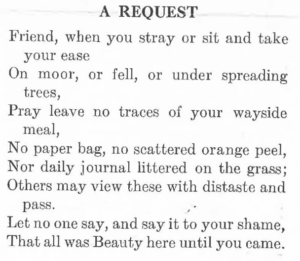
“Let no one say, and say it to your shame, that all was Beauty here until you came.” (page 1)
An anonymous verse asked hikers to collect their refuse so others could enjoy nature undefiled. This sentiment paralleled today’s LNT principle “be considerate of others,” but the focus was the next hiker, not the surrounding environment.
February 1954:
“Don’t drop litter, cans, paper, or glass on trail; hide it.” (page 6)
Leaving campsites and trails cleaner than they were found and respecting nature are in line with today’s principles. However, the advice regarding litter then was to “hide it” rather than carry it out.
Carry-In, Carry Out, 1968-1970:
“Some of the shelters have covered garbage pits. But others don’t. Out West they urge, ‘If you carry it in, carry it out.’ Likewise, especially at the heavily used shelters, we pack out cans, bottles, aluminum foil and other unburnable trash, so that the shelter surroundings may be kept attractive.” (May 1968, page 6)
“More people means more demand on the facilities’ surrounding shelters. Dumps, signed, should be provided for what’s left behind. Better yet, let’s promote the “carry-in, carry-out policy” as the best solution and set an example ourselves!” (Feb 1970)
“The Club is now promoting the “carry in-carry out” idea and signs urging this practice will be placed in shelters. Volunteer groups can be used to clean up old dumps and to make improvements on the footpath.” (August 1970)
Until the late ’60s, waste removal was not top of mind. Many overnight sites had dumps, and hikers often burned trash unaware of the toxicity of the smoke. In 1968 there were a few mentions in the LTN of the new-fangled carry-in, carry-out philosophy. The club adopted the policy by 1970, spurred by then-president Shirley Strong, a staunch environmental advocate. By August 1970, the club had fully implemented the policy, and the Long Trail News said dumps were being removed from shelters.
Discussions of dumps and trash removal were emblematic of a much broader shift in attitudes in the hiking community and in the GMC’s approach to trail management. LTN reports also described development of the site caretaker program, and discussions appeared of management of group use of the trail, use and maintenance of outhouses, and other topics that would become the foundation of modern trail stewardship and maintenance.
May 1972:
“A new educational aid has been developed by the Publicity Committee to help in the GMC’s program to encourage desirable hiking habits by persons using the Long Trail and other hiking trails in Vermont. It is a wallet size card printed on one side with the guidelines for using the trail and other the other side with a clothing and equipment checklist.” (page 5)
As the club adapted to the swelling number of hikers, it increasingly emphasized on-trail education, using the caretaker program and wallet cards with desirable hiking habits on one side and an equipment checklist on the other.
August 1975-1991
“The Considerate Hiker” made semi-regular appearances in the Long Trail News from August 1975 through Fall 1991. Quippy reminders ranged from the general refrain
“does not litter, does not litter, does not litter”
to the specific:
“leaves in place natural relics or oddities such as a wasp’s nest, strange tree growth or lovely piece of driftwood so that the next hiker can enjoy them in situ as you did.” (February 1980).
By February 1988 the “Considerate Hiker” had narrowed its focus to one contentious issue: managing large groups. This subject appeared no less than 11 times over the years. Many complaints and discussions in the Long Trail News ultimately led to creation of the AmeriCorps Group Outreach Coordinator in 1998, a position the club still staffs.
For more on group use, read “Two Decades of Group Outreach on the Long Trail” in the Spring 2018 issue.
Summer 1996:
The national Leave No Trace Center for Outdoor Ethics incorporated in 1994. In 1996, GMC first published guidelines under the heading “Leave No Trace” — 14 of them, from “use a backpacking stove” instead of wood fires, to “don’t carve your name into trees or shelters.” Today’s consolidated seven principles cover the same concepts.
By summer 1999, the Long Trail News published the Leave No Trace principles we promote today. GMC has been advocating the principles and their application through publications and education ever since.
Fall 2015:
“The seven principles communicate a broad message, but it’s everyone’s responsibility to determine how to apply them in the backcountry…Thinking of Leave No Trace as an ethic of best practices, rather than seven steadfast principles, enables you to ask the “how” behind each principle and to make the ethic as variable as the land.”
In Fall 2015 Caitlin Miller (then GMC’s Group Outreach Coordinator, now Secretary of the GMC Board of Directors), described how applying Leave No Trace principles can vary depending on situation, place, and personal experience, underscoring that the principles are ethics, not detailed and rigid rules.
Today:
Since 1994, Leave No Trace Principles for Outdoor Ethics have been a framework for reducing adverse recreational impacts outdoors. But ethics are unique to each person and landscape, and Leave No Trace is not a perfect prescription. In 2022, we see the principles more judiciously:
Leaving no trace is literally impossible, and people learning the principles may see them as daunting and punitive, which might discourage outdoor recreation. We can reframe our thinking to “minimize our trace.”
Applying Leave No Trace principles may tend to separate us from the natural world, rather than embedding us in it. Its practices necessarily contrast with those of indigenous cultures that relied on the land for mostly biodegradable resources, and in return provided for the land’s health.
On a practical level, the injunction “Leave No Trace” is difficult to translate into many languages, which can be a barrier to understanding for anyone whose first language is not English. For many, a more natural construction is “Do Not Leave Any Trace.”
In order to be a truly inclusive outdoor recreation community, trail managers must recognize the varying perspectives and backgrounds from which we all develop our own ethics and relationship to the land, and keep those in mind when teaching and applying the Leave No Trace ethic.
Conclusion written by Hailey Lynch, GMC’s Vermont Housing and Conservation Board AmeriCorps Group Outreach Coordinator. Hailey recently completed her Leave No Trace Master Educator course in Arizona.


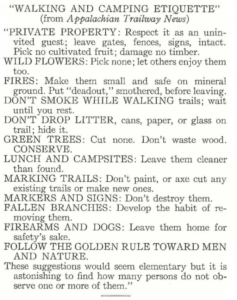
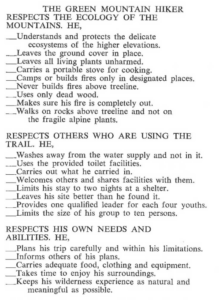
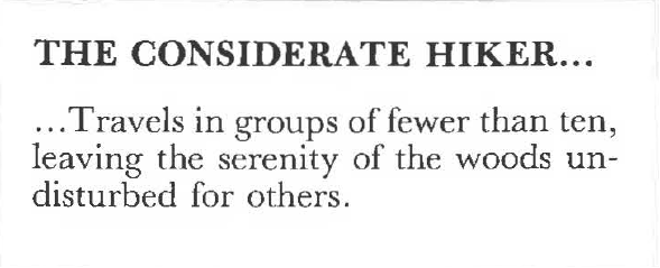
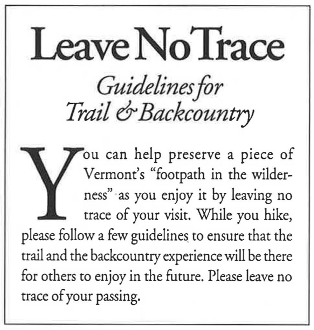
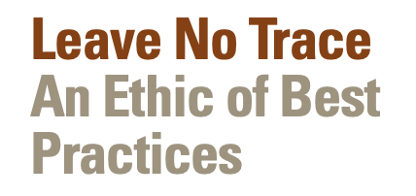

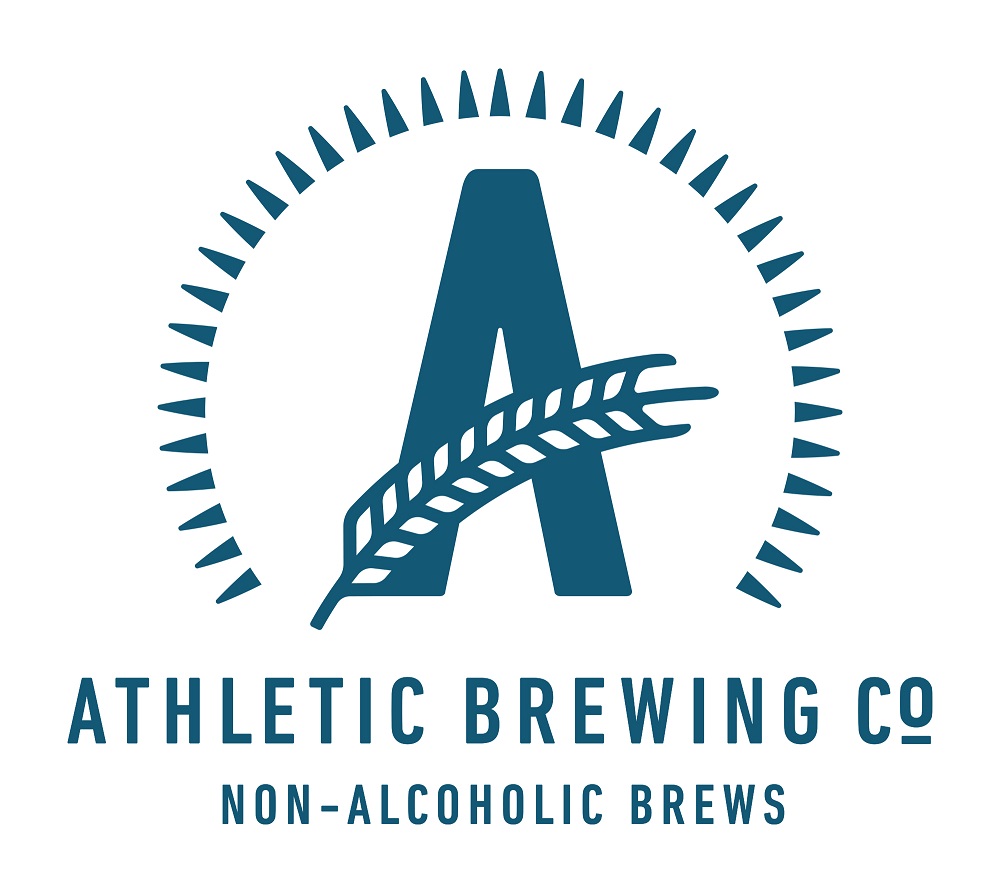



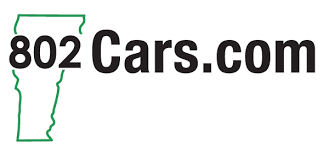











Perhaps Leave No Trace is impossible but if that’s “The Message” , I believe it’s better than giving room for err ! If Minimize becomes the phrase then the littlest piece of trash dropped or a name carved might be acceptable as minimal…Why not keep the Rules Strict for The Good of All Our Relations🌎